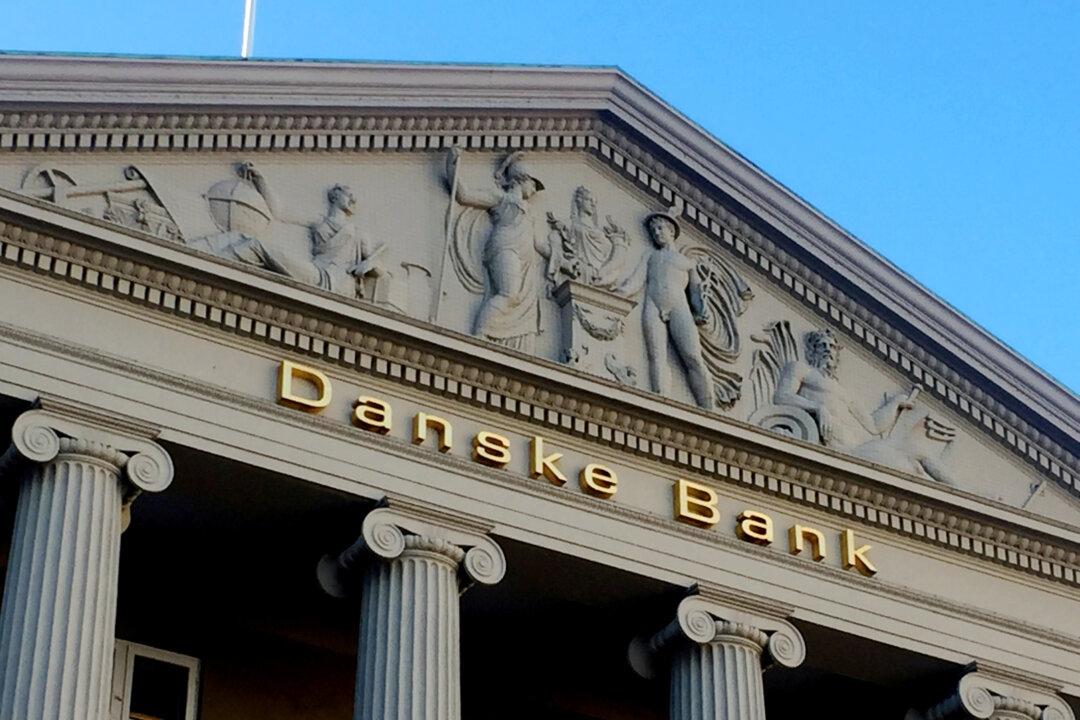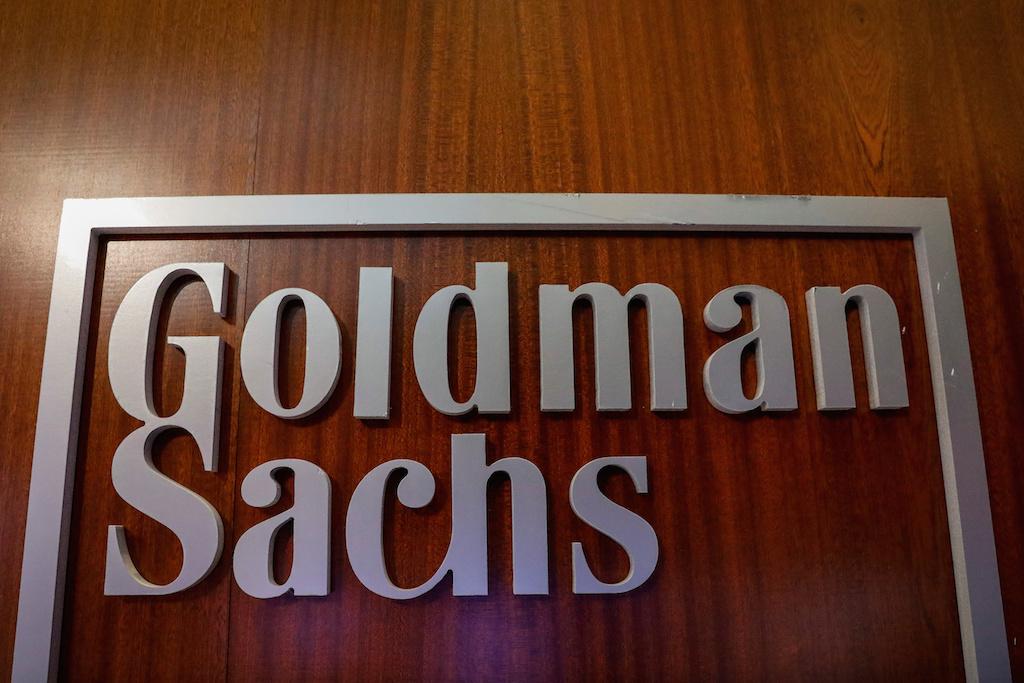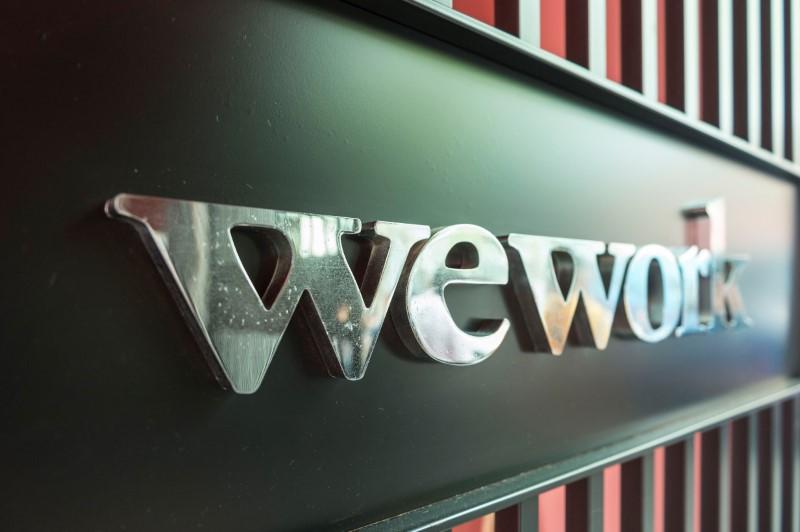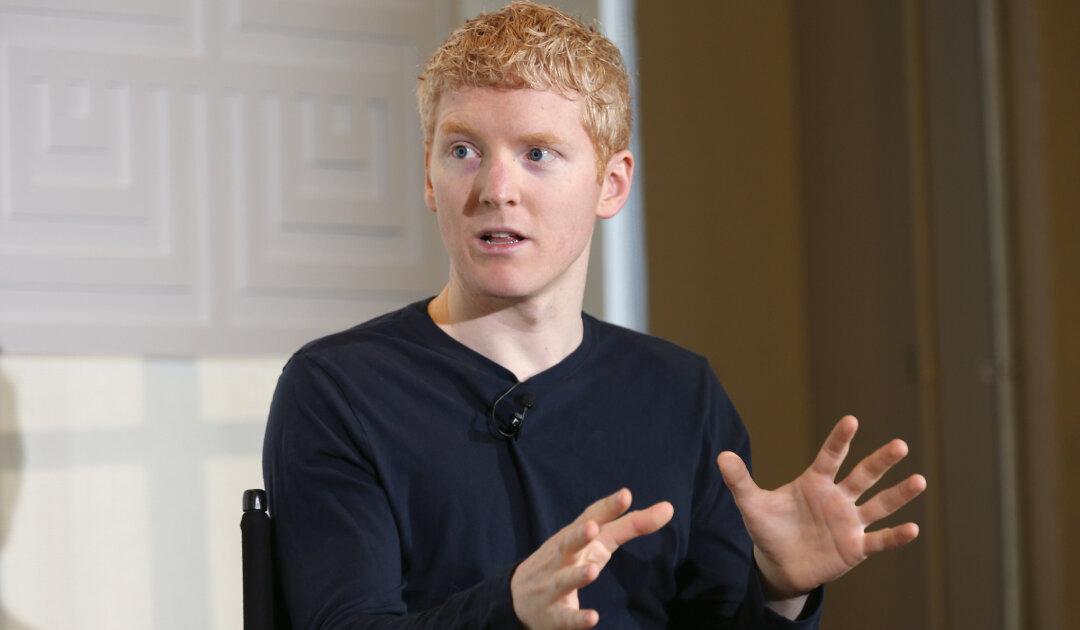Shareholders in Danske Bank A/S started 2018 pretty secure in the belief that they owned one of Europe’s best-run financial firms.
Since the end of 2008, the value of their investment had soared five-fold ( European banks, on average, added less than 20 percent over the same period). Not only was Danske delivering higher returns than its peers, but it did so during the world’s longest phase of negative interest rates, somehow managing to generate record profits through it all. Its chief executive officer, Thomas Borgen, was seen as the hero who’d made it all happen.




